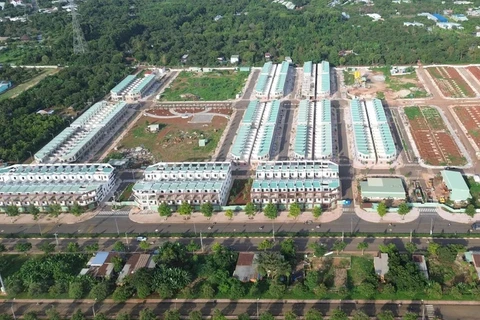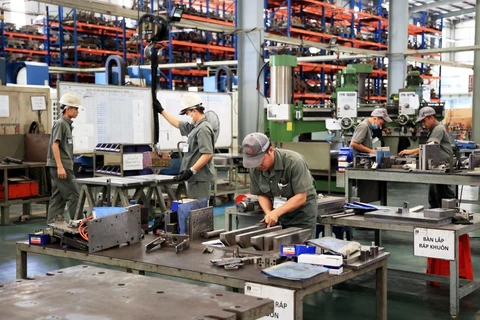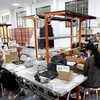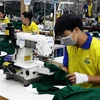Dong Nai (VNA) – The southern province of Dong Nai logged a trade surplus of over 1.6 billion USD in the first quarter of this year, reflecting a surge in export activity.
The provincial Statistics Office reported a positive trend, with export turnover in March reaching nearly 1.8 billion USD, an increase of 28.6% compared to February. This contributed to a cumulative export value of 5.26 billion USD for the first quarter, representing a year-on-year growth of 7.8%.
Growth was observed across all economic sectors, with the State-owned sector annually expanding by 3%, the non-State sector by 6.4%, and the foreign-invested sector by 8.5%.
The US remained the top export destination for Dong Nai, accounting for 27.97% of the total with a value of 1.47 billion USD. Japan followed closely at 10.38% (546 million USD), with China (10.3%, 542 million USD) and the Republic of Korea (5.82%, 306.6 million USD) rounding out the top four markets.
While exports experienced a strong upswing, import turnover also surged by 29.2% in March compared to February, reaching 1.3 billion USD. However, the first quarter import figure of 3.6 billion USD reflected a slight 2% decrease year-on-year. China remained the largest import source with a value exceeding 1 billion USD, followed by the Republic of Korea (578 million USD), Japan (471 million USD), and the US (188.5 million USD).
Several export commodity groups witnessed significant annual growth in the first quarter, including cashew nuts, up 45.7%; coffee 95.6%; wood products over 10%; footwear 10.6%; machinery, equipment, and tools over 4%; and fiber 11.5%.
Others experienced declines, including rubber down 6.5%; apparel 1.4%; computers and electronic products 9.3%; and plastic products 1.7%.
Looking ahead, Dong Nai is actively rolling out numerous trade promotion programmes, with a focus on both traditional and emerging export markets, on the back of new-generation free trade agreements such as the Comprehensive and Progressive Agreement for Trans-Pacific Partnership (CPTPP) and the EU-Vietnam Free Trade Agreement (EVFTA)./.
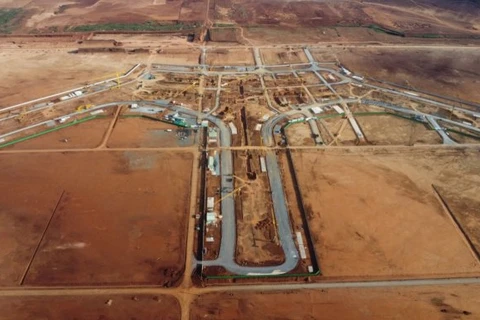
Nearly 14,000 personnel needed to man Long Thanh Airport
When operational in 2026, Long Thanh International Airport in the southern province of Dong Nai will need nearly 14,000 workers of all levels, a local official has said.


